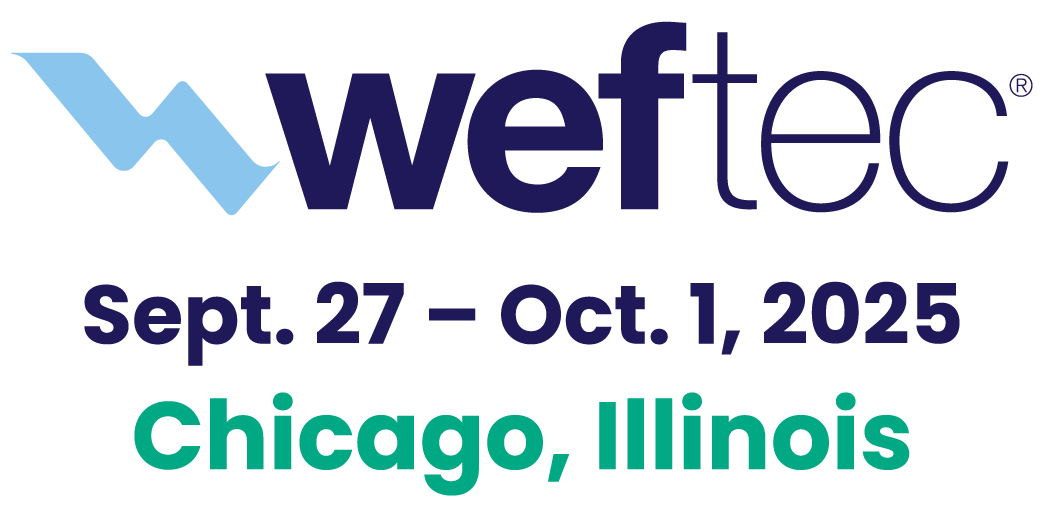The Ask the Experts Session, “Planning Approaches to Sustainable and Resilient Infrastructure for Small Communities — One Chance for Success!” will provide a forum to explore the topics and challenges related to small communities. To dig a little deeper into these issues and set the stage for this session, Dr. A. R. (Bob) Rubin joined WEFTEC Now to provide some background on this topic.
Dr. Rubin is Professor Emeritus, North Carolina State University, Biological and Agricultural Engineering at North Carolina State University. He has provided national leadership in the critically important areas of rural water quality and wastewater management, as evidenced by his invitation to address Congressional committees that deal with those problems throughout the U.S.
Dr. Rubin also will be among the experts on this panel during WEFTEC Connect.
Question: First thing, let’s set the ground rules. How do you define “small community” as it is being discussed in this session?
Dr. Rubin: “Small communities” are not well defined. If we look at guidance from funding agencies, like the U.S. Department of Agriculture (USDA), a small community is typically less than 10,000, and that community must be in a standard metropolitan statistical area (SMSA) of fewer than 50,000. For purposes of finance and USDA 10,000 or fewer.
State governments also define small communities and I guess the best answer is “it depends.”
Question: What are today’s most pressing topics in the small communities area?
Dr. Rubin: I believe the question has several answers.
- Finance and sustainability — Until COVID-19, many small communities were losing population, but the problem is simply that many residents of small communities in rural areas are on fixed incomes and addition of high dollar water or wastewater systems creates a financial burden for many residents. Despite the COVID increase in population, many residents of these communities are getting up in age and may not be “ratepayers” through the entirety of a loan process, that can create a challenge.
- Increasingly stringent standards — Be they water, wastewater, or stormwater — create technical, operational, and managerial challenges for small systems. Often a recommendation for a small system is to merge with a larger service provider and this may actually increase the cost to the rate-payer in the community.
So, I guess my answer is "it’s complicated." Folks in these small communities must be involved in the infrastructure decisions that will impact them.
Question: What can centralized wastewater systems learn from small communities?
Dr. Rubin: Centralized facilities are learning that they serve a multitude of “small communities” within their boundaries. Look at any large metropolitan area and you will see evidence of these small communities — planned development in the service area, shopping, and residential communities planned or developed.
Some urbanists refer to these as “15-minute communities” — residential areas where all amenities are within 15 minutes of home. All of these “small communities” within the large SMSA could develop local water reuse efforts, small or localized stormwater management programs that might include a program of basin inserts to trap pollutants at the source and prevent them from entering the stormwater system.
We have several golf course communities here in North Carolina that tap into the main interceptor leading to the water resource recovery facility, the untreated influent is pumped to a satellite treatment facility and treated to our state reuse standards and the treated water is irrigates golf courses.
And the other side of that question is what can small systems learn from their large utilities. The answer is to plan and develop approaches to infrastructure that are sustainable, resilient, reliable, and as risk free for the next 40 years as possible.
Question: Which technologies or processes are the most used now and can you describe how those are growing and evolving?
Dr. Rubin: That is a difficult question.
- We have small communities that have chosen to provide a management program to optimize the performance of simple septic systems. The U.S. Environmental Protection Agency provided guidance manuals about 15 years ago to help communities better manage onsite and decentralized wastewater systems.
- We have communities in areas where water quality is suitable for discharge of secondary quality water using lagoon or hydrograph controlled release lagoon systems, others use constructed wetlands, many still use facilites designed to achieve those secondary limits initially applied. In many cases those old secondary limits no longer apply and the community is required to look at nutrient removal technology or advanced disinfection.
- Regarding growing and evolving: Plan for more stringent treatment limits! I am working with a small community today that has a wastewater treatment facility that is more than 40 years old. The inflow and infiltration from the community overwhelms the system and they must upgrade the collection system. I worked with many small communities in eastern North Carolina that were forced to utilize advanced nutrient removal systems; they all chose to convert from stream discharge to land based systems and to beneficially use the water.
The bottom line: Small communities utilize technologies from simple septic systems to advanced treatment and reuse. The technology selected should be a joint decision between the rate-payers in the community, the elected leaders of the community, the design engineer, and the state regulatory agency. If there are water quality groups active in the area, it helps to get them on board, too.
Question: When it comes to managing the trifecta of design, operation, and finance, which poses the greatest challenge for small communities?
Dr. Rubin: They all do! But finance is probably the most challenging. Remember, the population base in many small communities is dwindling and the ratepayer base is decreasing — that forces some rate adjustments.
Question: What extra burdens do increasingly strict regulatory measures — total maximum daily load programs, for example — put on small communities?
Dr. Rubin: That is a simple answer: COST.
Design engineers and consultants can design and install whatever is required. Communities are then left with the operation and management requirements and cost is an issue. A second issue is [operator] retention; small system operators often get job offers that provide more salary and they move. So, it all comes back to cost!
Question: What are the current most prevalent funding sources for small communities to tap into?
Dr. Rubin: USDA Rural Development — no question! For information on their program go to www.rd.usda.gov and look for the water and wastewater loan and grant program.
Planning Approaches to Sustainable and Resilient Infrastructure for Small Communities — One Chance for Success!
Tuesday, October 6
4:00 – 5:00 p.m.
In addition to Dr. Rubin, several other experts will join the discussion. They include
- Kari Brisolara, Associate Professor of Environmental and Occupational Health Sciences and Associate Dean for Academic Affairs at the LSU Health Sciences Center, School of Public Health in New Orleans, Louisiana;
- John Buchanan, Associate Professor in the Biosystems Engineering and Soil Science Department at the University of Tennessee;
- Victor D’Amato, P.E., Associate Director, Tetra Tech;
- Zach Lowenstein, Environmental Scientist, U.S. EPA Office of Wastewater Management;
- Virginia Roach, Vice President at CDM Smith; and
- Nicole Schindler, Senior Engineer with Rural Utilities Service, Water Environmental Program, Engineering and Environmental Staff at USDA.
From the session description:
Water infrastructure opportunities for small communities are limited by technical, managerial, and financial issues. Many small community water, wastewater, and stormwater systems face increasingly stringent regulatory mandates while simultaneously facing severe challenges in ability of customer base to pay for services. Funding sources for small communities are often USEPA and USDA. This session will discuss sustainable approached to system design, operation, and management.



